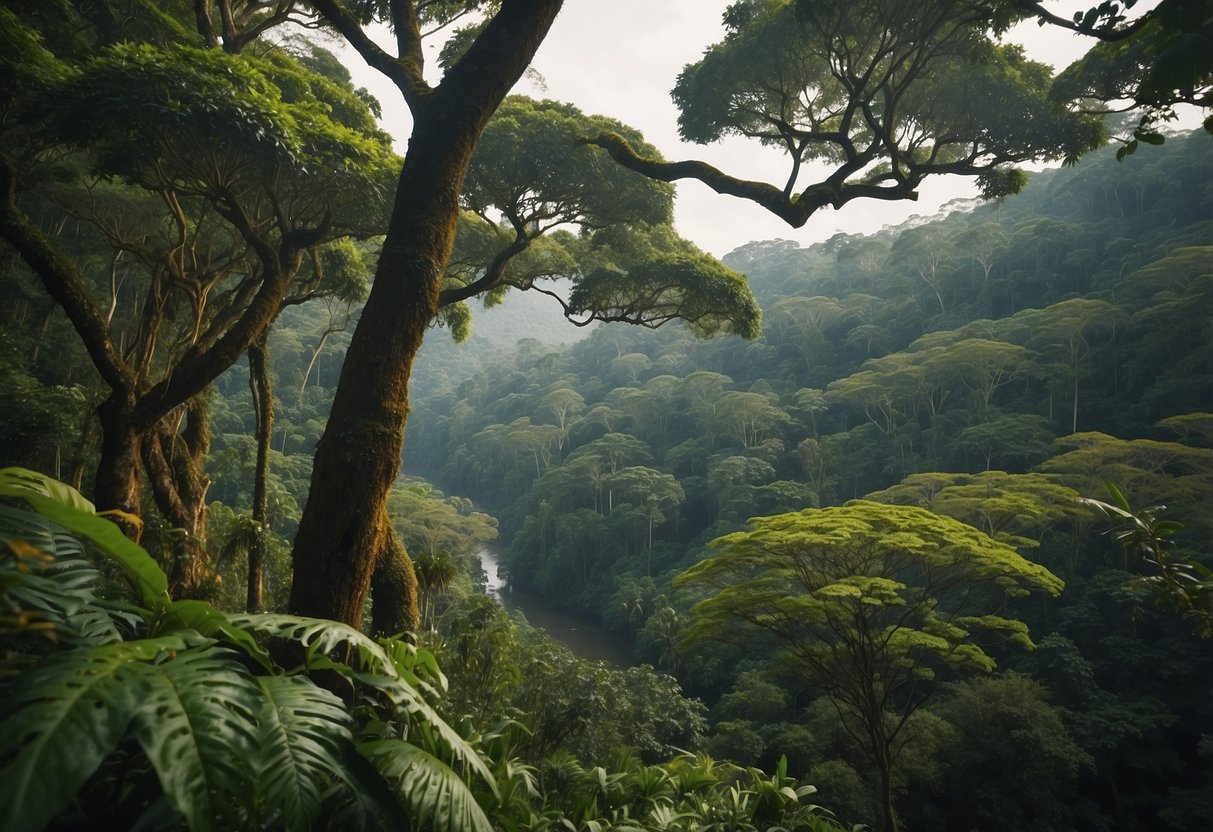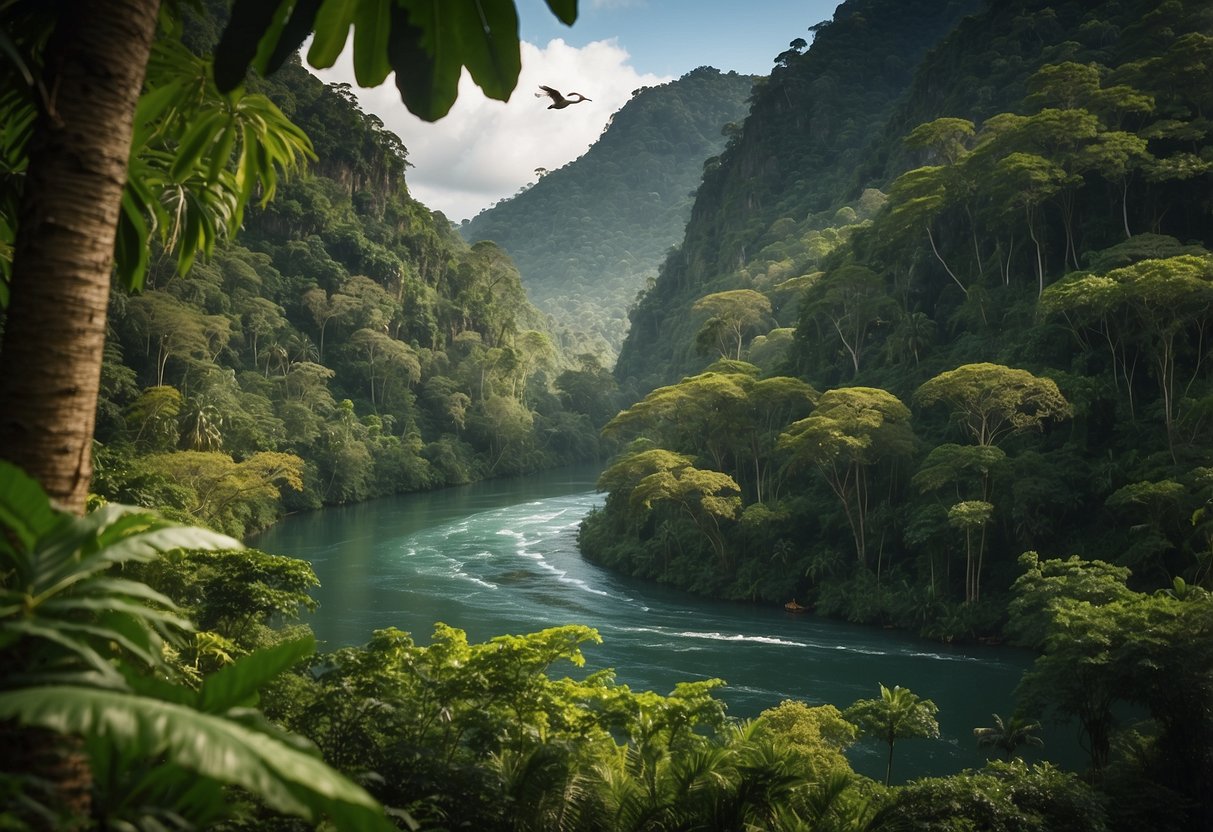
Trekking Agencies and Private Guides
Trekking agencies offer packaged experiences with set itineraries, guides, and support services. These agencies often have established safety protocols and experienced guides. They can arrange everything from gear to permits, simplifying the process for trekkers, and these services are widely available in countries like Peru and Ecuador.
On the other hand, hiring a private guide allows for a more customized itinerary. Private guides can tailor the trek to specific interests, such as wildlife spotting or visiting indigenous communities. They provide flexibility and the possibility of exploring less-traveled paths in the Amazon. Luxury treks can also be arranged with private guides, offering a higher level of comfort and personalized service.
Must-Visit Destinations in the Amazon
Exploring the Amazon Rainforest offers a variety of key starting points and remarkable conservation areas and reserves, providing trekkers with unique and significant experiences. Each destination is distinctive, showcasing the rainforest’s incredible biodiversity.
Key Starting Points for Treks
Starting your trek in Cusco or Lima makes for an easy transition to the rainforest. From Lima, travelers can fly to Puerto Maldonado, a gateway to the southern Amazon. Puerto Maldonado hosts numerous rainforest lodges that cater to different budgets and offer guided tours.
Another prominent starting point is the town of Iquitos, accessible only by air or water. Iquitos provides access to remote areas of the Amazon, including the Pacaya-Samiria National Reserve.
Machu Picchu, although not part of the Amazon, is a common stop for travelers due to its proximity to Cusco. Combining a visit to this iconic site with a journey into the rainforest is a popular itinerary for adventurers.
Notable Conservation Areas and Reserves
The Tambopata National Reserve near Puerto Maldonado is renowned for its biodiversity. Visitors can stay at the Tambopata Research Center or various Amazon lodges that facilitate deep exploration. The reserve’s diverse wildlife includes macaws, monkeys, and even jaguars.
The Pacaya-Samiria National Reserve, accessible from Iquitos, spans five million acres and is a haven for bird watchers, with species like the harpy eagle. This reserve is also home to pink river dolphins and various primates.
In southern Peru, the Manu National Park is another incredible conservation area. Known for its high level of endemism, this park allows travelers to witness rare species and untouched ecosystems. Various guided tours are available, ranging from a few days to several weeks.
Flora and Fauna of the Amazon

The Amazon Rainforest is home to a vast array of biodiversity. From towering trees and exotic plants to unique wildlife and colorful birds, the ecosystem is rich and vibrant.
Identifying Indigenous Plants
The Amazon boasts a plethora of indigenous plants, contributing to its stature as a biodiverse hotspot. One iconic tree is the Brazil nut tree, towering up to 160 feet and producing the Amazon’s famous nuts. The rubber tree, integral to local economies, secretes latex, a key source of natural rubber.
Many medicinal plants, like the cat’s claw and ipecac, also thrive here. The former is known for its immune-boosting properties, while the latter is historically used to induce vomiting. Various orchids and bromeliads add splashes of color, clinging to the forest canopy.
The dense undergrowth is covered with ferns and açaí palms. These palms produce berries famed for their health benefits. Identifying these plants often requires an experienced guide, as many useful species co-exist with toxic ones, making accurate knowledge essential.